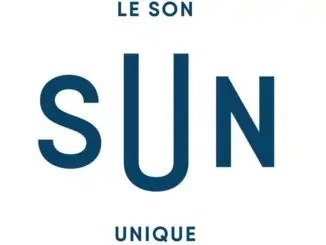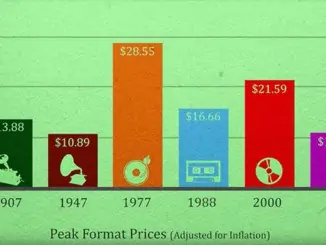
Ofcom, the UK’s communication regulator, has produced its first annual Media Nations report. The report reviews key trends in the television, audio-visual, radio and audio sectors with analysis of traditional broadcasting and the take-up and impact of subscription on-demand and streaming services. In addition to a UK-wide report and an interactive report, there are separate reports for Northern Ireland, Scotland and Wales.
Media Nations 2018 Key findings
- Take-up of superfast broadband and connected televisions is changing how people watch television programmes
- The rise of online video and subscription services is changing what we watch on TV
- Audiences continue to watch and value public service broadcasting, especially news, children’s programming and UK-made programmes
- Spending on UK-made content particular children’s programming and ‘regional content’ is declining and this presents a risk to the idea of public service broadcasting.
- The commercial viability of local TV services remains uncertain
- Digital listening is transforming the radio landscape
- Listening to radio is still significant and important
For those interested in reading more about the TV industry, the full report can be accessed here.
Digital listening is transforming the radio landscape
More than half of all radio listening hours are now through a digital platform. This is driven by several factors:
- almost two-thirds of households now have a DAB set
- smart speakers are a convenient way to listen to radio at home
- DAB coverage now stands at 90% of the UK
- there has been an increase in the number of national commercial stations available.
Younger people are more likely than those aged over 65 to listen digitally (52% of hours vs. 43%) but two thirds of in-car listening is still analogue
One in ten listeners now use a smart speaker to listen to the radio
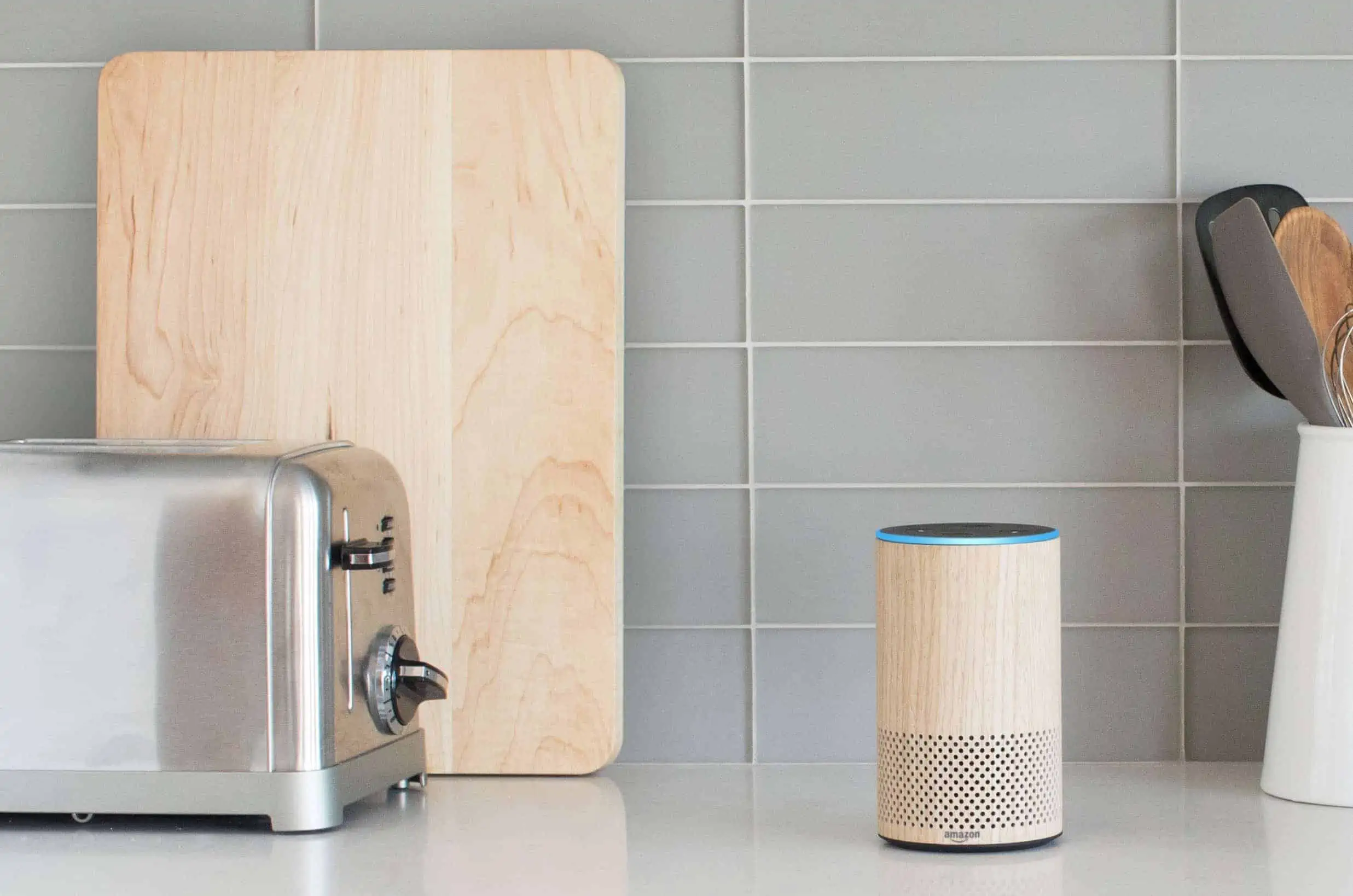
One in ten radio listeners now listen to radio via a smart speaker, such as Amazon Echo, Google Home or Apple HomePod with 7% of radio listeners listening to radio via their smart speaker at least weekly. Many radio stations are now promoting the smart speaker as an alternative way to listen. Research suggests that a primary reason for purchasing a smart speaker is to access audio services, and that listening to radio or music streaming services is the most widely-reported use of an Amazon Echo, with 91% of daily users listening to radio or music services this way.
Are Smart Speakers the future of Streaming?
Podcasts becoming more popular
Podcasts are also gaining in popularity as more content providers seek to offer bespoke content or repackage previously-broadcast content. The BBC is one of the most popular and prolific providers of content and podcast versions of BBC Radio 4 programmes including Desert Island Discs and Friday Night Comedy are regularly featured in the iTunes podcast chart.
Podcast listening does not always follow the same pattern of listening as radio listening with 9% of adults listening each week to podcasts, increasing to 15% over a month. Podcast listeners are more likely to be younger (14% of 15-24 year-olds listen weekly, increasing to 23% who listen each month).
Desert Island Discs and other BBC podcasts now on Spotify
Music streaming continues to grow particularly for 15-24 year olds
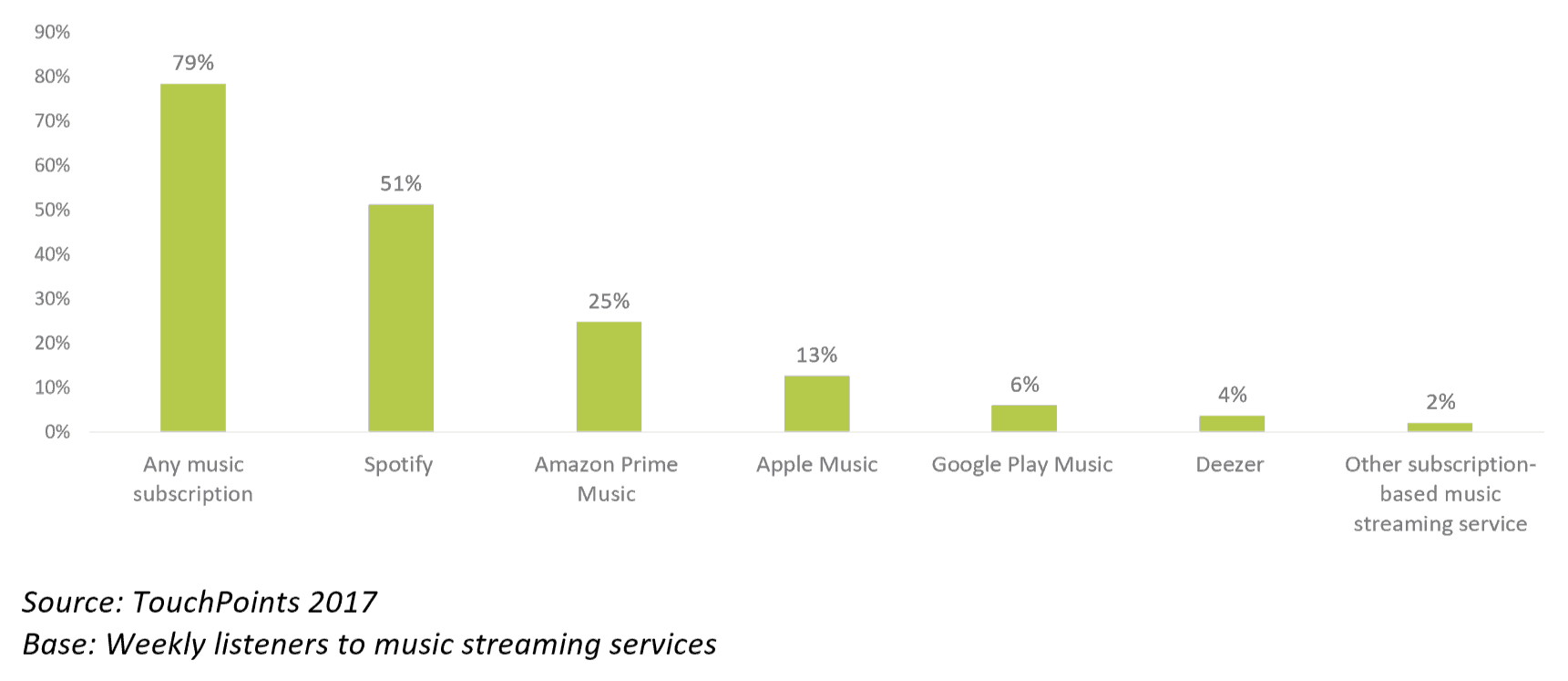
Music streaming services like Spotify and Apple Music account for 8% of all audio listening, and 29% among 15-24 year -olds. Music industry revenues from streaming exceeded physical sales for the first time in 2017.
Over half UK music is now streamed
The Rise and Fall of the Compact Disc
Listening to streaming music services is also increasing in popularity with almost a quarter (23%) of all adults listening to a streaming service each week, increasing to over half (51%) for those aged 15-24. Among those who do listen to any of these services each week, the appeal of an ad-free product is very strong with 79% choosing to pay for a subscription. The most popular service is Spotify with 51% of the market. A breakdown of streaming users is shown below:
Radio continues to be main source of audio listening

Despite the increase in competition for audio time, radio continues to maintain its reach of nine in ten adults in the UK. Three-quarters of all audio listening is to live radio, and although this drops to 36% for 15-24 year-olds, it is still the audio source with the highest proportion of listening hours. But although live radio is still the single largest audio source for 15-24 year-olds, it accounts for only 36% of their audio time, with streamed online music accounting for 29% (compared to 8% for all adults). Among over-44s, live radio on a radio set accounts for 84% of their audio time.
People listen to the radio primarily as a source of music and entertainment but also as a source of news. When listeners are asked about the different types of content that they particularly value on the radio, those aged 15-64 say they most value music. For over-64s, national news is the most valued type of output.
UK is moving to digital radio broadcasting
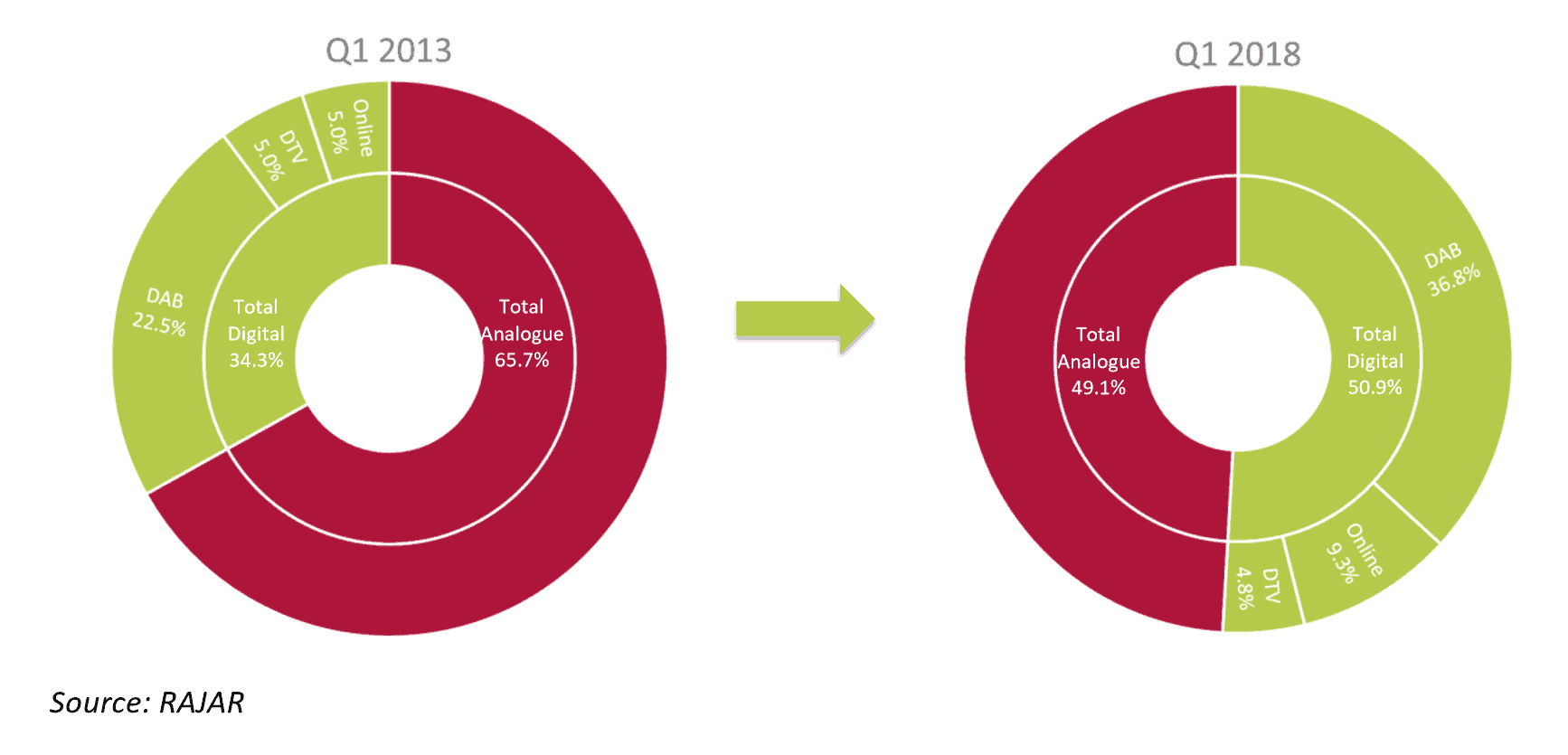
There has been a shift away from stations broadcasting on AM frequencies and an increase in the availability of services on FM and digital radio platforms which offer better sound quality.
There has been continued growth in the number of DAB services available growing from 435 in May 2017 to 453 in March 2018, reflecting the launch of new digital-only services, and the potential for stations to use DAB multiplexes to extend their existing reach. The flexible licensing regime for digital radio allows for the rapid entry and exit of DAB stations (allowing, for example, ‘pop-up’ stations for special events or times of the year such as Christmas).
As radio listening moves to digital platforms there is the opportunity to switch off analogue services in the FM and AM bands in order to make the spectrum available for other purposes such as mobile broadband services.
In 2017 Norway became the first country in the world to switch off national FM broadcasts, while in Italy, RAS, (the regional public broadcaster serving South Tyrol), started the switch-off of its analogue FM services at the end of 2017. In 2017 Switzerland announced that the switch-off of FM broadcasts would start in 2020.
The UK Government has not announced any plans for switching off analogue services in the UK despite its commitment to review the future of digital broadcasting once it reached over 50% of all radio listening.
Digital radio overtakes AM and FM in UK
Broadcasters are also expanding the online offering available to their listeners
In addition to live broadcast content, the larger groups are now offering online services for their listeners through customised apps. For example, the Global Player app now offers access to live shows as well as offline catch-up programmes, and the option to subscribe to programme downloads. It also offers curated playlists from the stations in its portfolio. In June 2018 the BBC released a new app: BBC Sounds, which provides access to live radio, catch-up programming and podcasts.
BBC Sounds App launched as iPlayer Radio replacement
Twenty-seven per cent of radio listeners listen to radio via a mobile phone, with 13% of radio listeners doing this at least weekly. The most popular form of listening to radio via a mobile phone was through a downloaded app, and the second most popular was live via a station’s website (39% and 36% of mobile phone radio listeners respectively).


